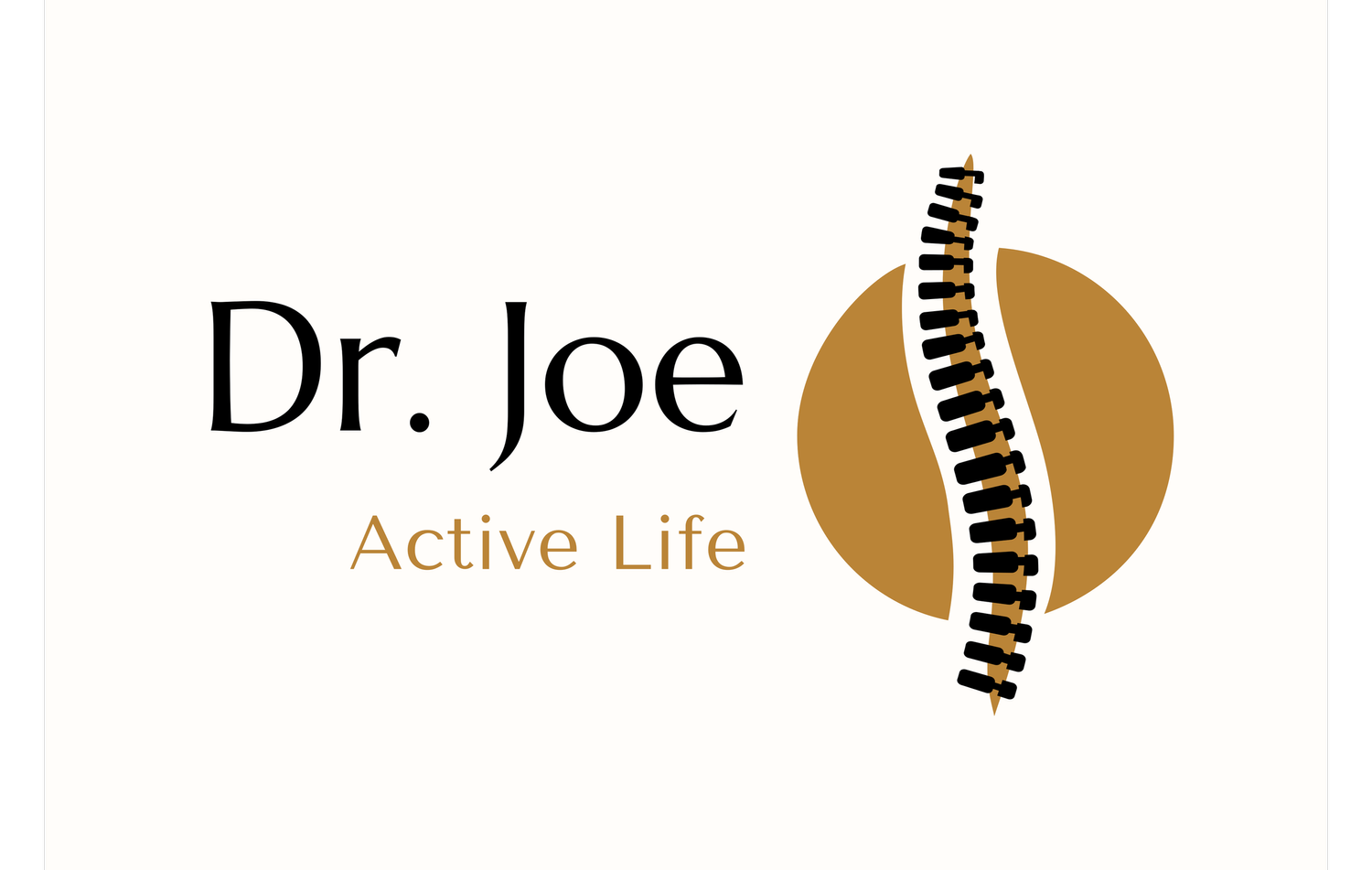Adolescent Back Pain: When to Get Your Child's Spine Checked
As a parent, it's easy to dismiss a child's complaints of back pain, assuming it's just a growth spurt or minor muscle strain. However, it's crucial to understand that back pain in adolescents is not normal, and it should always be investigated. While adults often experience back pain due to degenerative changes or prolonged poor posture, these aren't typical causes in younger individuals. When a child or teenager complains of back pain, it could be a sign of an underlying issue that requires professional attention.Why is Adolescent Back Pain a Concern?
Unlike adult back pain, which can often be managed with rest and over-the-counter pain relievers, persistent or severe back pain in adolescents can indicate more serious conditions. A growing spine is susceptible to different types of issues, and early detection and intervention are key to preventing long-term problems.Potential Causes of Adolescent Back Pain:
Scoliosis: This is a sideways curvature of the spine that often appears during growth spurts just before puberty. While mild cases may not cause pain, more significant curves can lead to discomfort, asymmetry, and even affect lung function if left unaddressed. Regular spinal checks can help identify scoliosis early, allowing for timely management, which might include bracing or, in rare cases, surgery.
Spinal Abnormalities: There are various congenital or developmental spinal abnormalities that can manifest as back pain in adolescents. These can include conditions like spondylolysis (a stress fracture in the vertebrae) or spondylolisthesis (where one vertebra slips forward over another). These conditions can cause pain, muscle spasms, and affect mobility.
Disc Problems: While less common than in adults, adolescents can experience disc issues, such as herniated or bulging discs, especially after trauma or repetitive stress from sports.
Muscle Strain or Ligament Sprain: While these can certainly cause back pain, if the pain is persistent, severe, or accompanied by other symptoms, it's important to rule out more serious causes.
Growth-Related Conditions: Rapid growth can sometimes put stress on the spine and surrounding structures, leading to conditions like Scheuermann's disease, which affects the vertebrae and can cause a rounded back.
Inflammatory Conditions: In some cases, back pain can be a symptom of inflammatory conditions like juvenile idiopathic arthritis.
Stress Fractures: Athletes, particularly those involved in sports with repetitive back extension (like gymnastics or diving), can develop stress fractures in the spine.
The Importance of a Spinal Check
Because adolescent back pain can be a red flag for significant underlying conditions, it's vital to seek a professional evaluation. A chiropractor or other healthcare provider specializing in spinal health can perform a thorough examination to determine the cause of the pain. This may include:
Detailed History: Discussing the onset, nature, and severity of the pain, as well as any associated symptoms or activities.
Physical Examination: Assessing posture, range of motion, muscle strength, and neurological function.
Imaging Studies: In some cases, X-rays, MRI, or other imaging may be necessary to visualize the spine and identify any structural issues.
Don't Wait – Act Early!
Ignoring adolescent back pain can lead to chronic issues, impact a child's ability to participate in sports and daily activities, and even have long-term health consequences. Early diagnosis and appropriate intervention can make a significant difference in a child's quality of life and spinal health.
If your child is experiencing back pain, especially if it's persistent, severe, or accompanied by other symptoms like numbness, weakness, or changes in gait, don't hesitate to schedule a spinal check. It's not normal for kids to have back pain, and understanding the cause is the first step toward effective treatment and a healthy future.
Dr. Joe Criscuola D.C.

